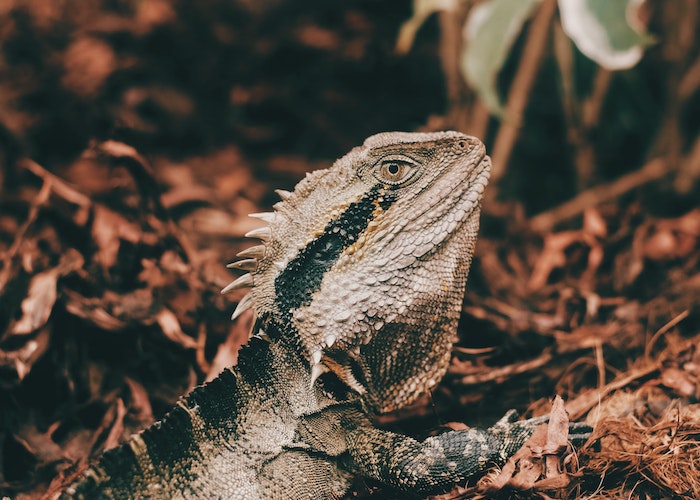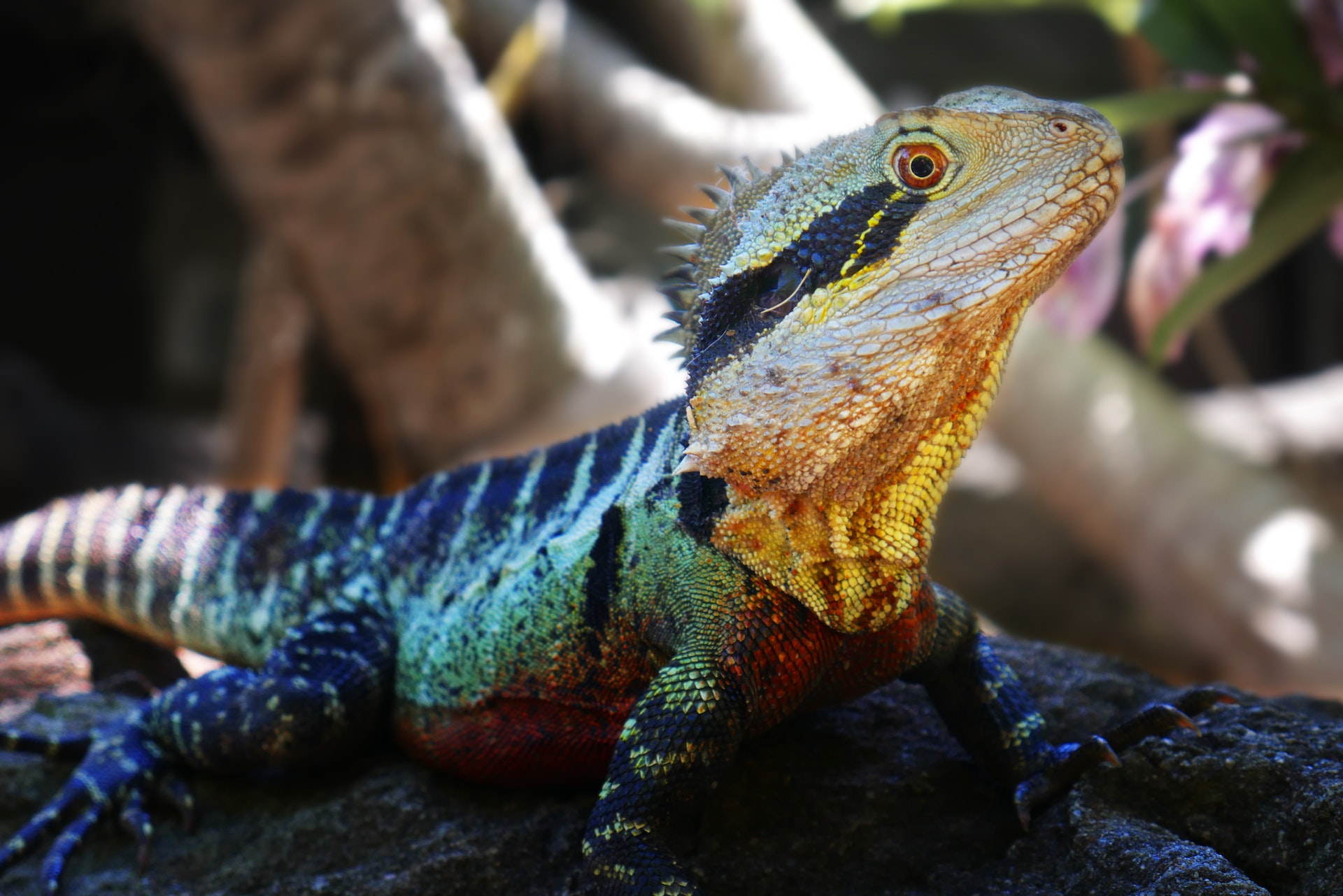Bearded dragons are fascinating pets that require a comfortable and healthy habitat to thrive in. A proper habitat not only keeps your pet happy but also reduces the chances of diseases and infections. In this article, we will discuss how to create perfect habitat for bearded dragon, from selecting the right enclosure to setting up the lighting and temperature. To create an ideal habitat, it is crucial to comprehend the natural environment where bearded dragons originate from. Designing a suitable habitat is essential for the health and well-being of your bearded dragon. A well-crafted environment not only provides comfort but also supports their natural behaviors and promotes overall happiness. Here, we will walk you through the process of creating the perfect habitat for your bearded dragon, ensuring they thrive in their living space.
You should also know about these topics
Choosing right enclosure for bearded dragon
Role of lighting in bearded dragon
Best Substrates for Bearded Dragon Habitat
Stimulating and Enriching Environment for Bearded Dragons
Tips to create the perfect habitat for bearded dragon

1. Choosing the right enclosure
Bearded dragons are active lizards and require ample space to move around. A suitable enclosure for a bearded dragon should be at least 40-gallon in size, but a larger enclosure is always better. Glass terrariums are ideal as they provide good visibility and insulation. You can also opt for a custom-built wooden enclosure, but it should be properly sealed to prevent moisture buildup.
2. Setting up the substrate
The substrate is the bedding material that covers the floor of the enclosure. It should be safe, non-toxic, and easy to clean. Avoid using sand, gravel, or loose substrates that your pet can ingest, as they can cause impaction. Some good options include reptile carpet, paper towels, or ceramic tiles.
3. Providing the right lighting
Bearded dragons require UVB lighting to produce vitamin D3, which is essential for calcium absorption and bone health. You should place a UVB bulb in the enclosure and replace it every six months. It’s also essential to provide a basking spot with a heat lamp to maintain the temperature between 95-110°F.
4. Maintaining the proper temperature
Bearded dragons are ectothermic, which means they depend on their environment to regulate their body temperature. A basking spot should be provided with a heat lamp to maintain the temperature between 95-110°F, and a cooler side of the enclosure should be maintained at 75-85°F. Use a digital thermometer to monitor the temperature.
5. Adding decor and hiding spots

Bearded dragons need decor and hiding spots to create a stimulating environment. You can add rocks, branches, and plants to create a natural-looking habitat. Hiding spots, such as caves or tunnels, can provide a sense of security for your pet.
6. Feeding and hydration
Bearded dragons are omnivorous and require a balanced diet of vegetables, fruits, and insects. You should provide fresh vegetables and fruits daily and feed insects two to three times a week. Make sure to dust the insects with a calcium supplement before feeding them to your pet. Provide fresh water daily in a shallow bowl.
7. Maintenance and Cleaning
Maintaining a clean and hygienic habitat is vital for your bearded dragon’s health. Spot cleaning involves the regular removal of waste and debris from the habitat. This task should be performed daily or as needed to maintain cleanliness. Regular maintenance and cleaning routines will help ensure a safe and comfortable environment for your reptilian companion. Deep cleaning should be done periodically to ensure a thorough sanitization of the entire habitat. Avoid using harsh chemicals or cleaners that could be toxic to your bearded dragon.
Conclusion
In conclusion, creating the perfect bearded dragon habitat requires careful planning and attention to detail. By providing the right enclosure, substrate, lighting, temperature, decor, and diet, you can ensure a happy and healthy life for your pet. Remember to monitor the habitat regularly and make adjustments as needed to provide the best possible care for your bearded dragon.
